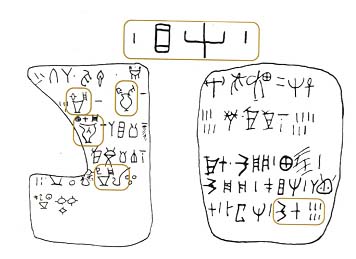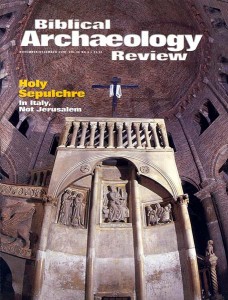Is Linear A Semitic?
Sidebar to: Against the Tide: An Interview with Maverick Scholar Cyrus Gordon

As Cyrus Gordon describes in the accompanying interview, one of the most controversial aspects of his long academic career has been his work on Minoan Linear A, an ancient script found on the island of Crete.
The modern rediscovery of ancient Crete was in great measure the work of Sir Arthur Evans, an English author and adventurer who came to archaeology in middle age. Starting in 1894 and for several decades thereafter, Evans excavated at various sites on Crete and there discovered the great Bronze Age civilization that he called Minoan, after the legendary king Minos, described by Homer, Herodotus and other Greek writers as the ruler of Crete in the period prior to the Trojan War. Among Evans’s many important finds on Crete were several hundred clay tablets inscribed in two different, yet very similar, scripts. Evans called the older of the two scripts Linear A and the more recent one Linear B. Due to the number of signs in Linear A and Linear B, scholars assumed—correctly, as it turned out—that the two scripts were syllabaries and not alphabets—that is, each sign represented a syllable rather than a single letter.
Already a library member? Log in here.
Institution user? Log in with your IP address.

